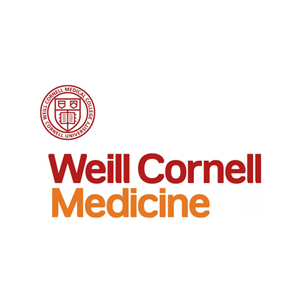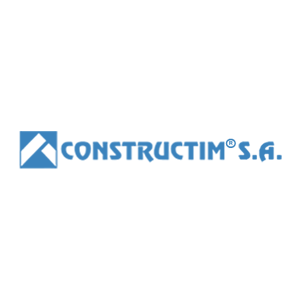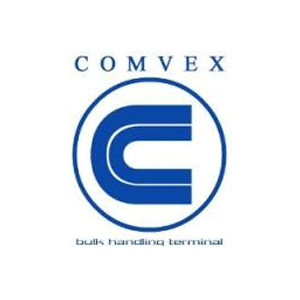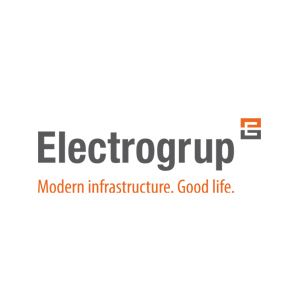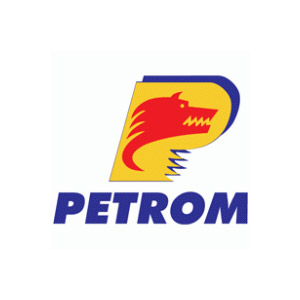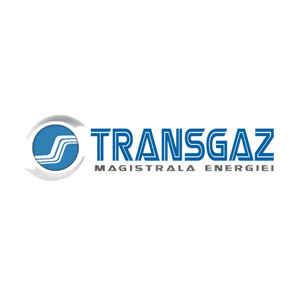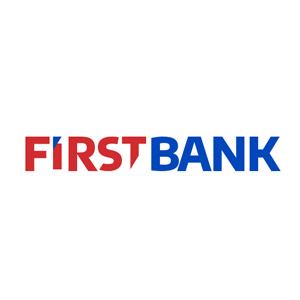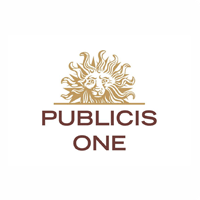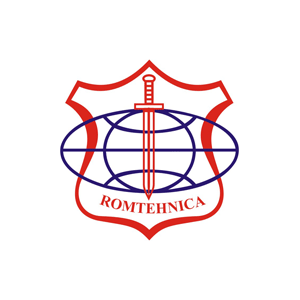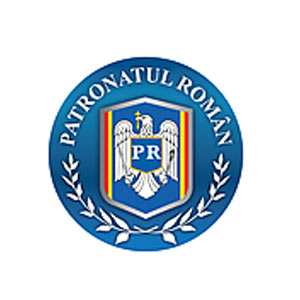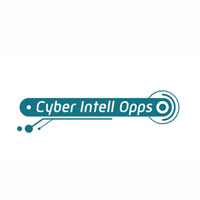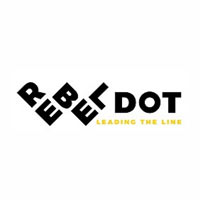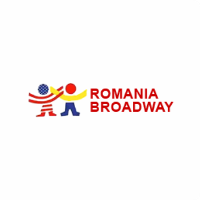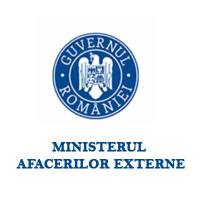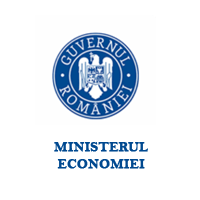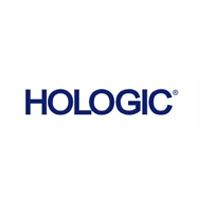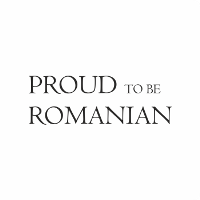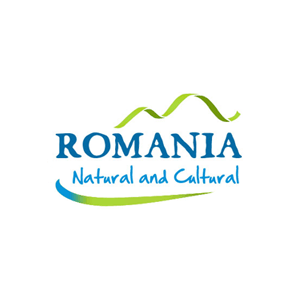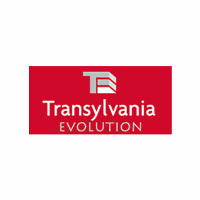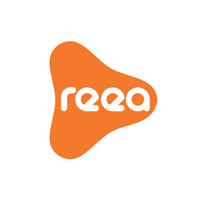BILATERAL RELATIONS
2020 will mark the 140th anniversary of bilateral relations between Romania and the U.S[1].
Romania is the ninth largest country of Europe and hosts the seventh largest population of over 19 million people but boasts the fastest GDP growth rate in the EU[2]. With declining inflation and robust wage rises, Romania’s economy and people are thriving. In just four years, GDP per capita grew 32.3%--between 2013 and 2017. Romania’s GDP made an impressive jump from 4.8% in 2016 to 6.9% in 2017[3].
| Growth | 2015 | 2016 | 2017 |
|---|---|---|---|
| GDP (Billion) | $177.9 | $187.8 | $211.8 |
| GDP per Capita | $9,172 | 49,768 | $10,847 |
| GDP Growth (%) | 4.0 | 4.8 | 6.9 |
| Unemployment Rate (%) | 6.8 | 5.9 | 4.9 |
| Consumption (%) | 5.8 | 8.0 | 10.2 |
Trade:
At the end of June 2017, the volume of trade between Romania and the United States reached 1581.7 million USD, out of which, 1064.7 million USD represented Romanian exports and 517 million USD represented imports of American goods to Romania[4]. Optical, technical and medical apparatus are the fastest-growing of Romania’s top 10 export categories, which make up over two-thirds of total Romanian exports, going up 73.2% from 2016 to 2017[5]. Furthermore, Romania exports to the US market rose by 21% between 2017 and 2018[6] as Romania rose ranks from No. 73 to No. 69 among the United States’ top trade partners[7].
(In 2018, the U.S. imported from Romania $277.52 million in cell phones, $175.63 million in rubber tires, and $115.6 million in motor vehicles.)
Military:
In 2011, the United States and Romania issued the “Joint Declaration on Strategic Partnership for the 21st Century Between the United States of America and Romania,” which focused on political-military relationship, law-enforcement cooperation, trade and investment opportunities, and energy security[8]. The U.S. strongly supports Romania in completing its military modernization, improving its interoperability with U.S. and NATO forces, and increasing its expeditionary deployment capabilities in support of NATO’s collective defense and coalition operations with the United States. As of June 2017, Romania was one of only six nations met NATO’s 2% of GDP spending standard[9]. In October 2014, the U.S. Navy established its first new Navy base since 1987 in Deveselu, where the EPAA Aegis Ashore missile defense interceptor site was constructed. It will house several launch modules containing SM-3 missiles and be manned by about 200 U.S. military personnel, government civilians and support contractors[10].
Technology:
A substantial contributor to Romania’s economic growth is its booming IT sector. IT produces more than 6% of Romania’s GDP[11] and Romania’s capital city of Bucharest is blossoming into the start-up hub of Eastern Europe. According to the European Digital City Index, the city now has over 170 startups, with a large number of companies in the field of cyber security and gaming & entertainment[12]. For many years, Romania has been a favored IT outsourcing destination because of its fast-growing economy, cheap operating costs, and well-educated young STEM talent. Now, the focus is shifting to develop homegrown company. Currently, Romania claims the fastest internet speeds in Europe, ranking sixth fastest in the world; in comparison, the US ranked 17th[13]. Fitbit acquired Romania’s Vector Watch in 2017[14], confirming Romania’s sizeable and growing domestic tech market. “The evolution of the tech start-up scene in Romania is highly positive,” said Eric Friedman, Fitbit’s co-founder. Romania closed 2017 with a total of $53M investment in tech companies--three times more than in 2016 and four times more than 2015[15].
According to Romanian trade statistics, the volume of trade between Romania and the United States reached 1,019 million USD at the end of June 2014, out of which, 623 million USD represented Romanian exports and 396 million USD represented imports of American goods to Romania.The highest share of exports consists of electrical machinery, various metals, plastics, rubber, textiles, and industrial chemicals.
For imports, cars, electronics, agricultural products, industrial chemicals, optical instruments, and other types of metals enjoy the largest share of the U.S.-Romanian trade.
Some of the more prominent U.S. corporate names include: ADM, Aecom, Alcoa, Amgen, Bungee, Cargill, Citibank, Coca-Cola, Colgate Palmolive, Cooper Cameron, Delphi Packard, Euro Tire, Eli Lilly, Flextronics, Ford, General Electric, GE Money, Hewlett Packard, Hilton, Hoeganaes, Honeywell, IBM, Johnson Controls, JW Marriott, Kodak, Kraft, McDonald's, Met Life, Microsoft, New Century Holding, Office Depot, Oracle, PepsiCo, Philip Morris, Procter & Gamble, Qualcomm, Raytheon, Romanian-American Enterprise Fund, Sigma Blazer, Smithfield Foods, Timken, UPC, Visa, Washington International Group/URS.
According to the statistics published by the National Bank of Romania in 2013, U.S.A. ranked 12th in foreign investment – the source investment representing 2.45% of Romania's total foreign direct investment.
Romanian American Trade Exchanges
million USD
| 2007 | 2008 | 2009 | 2010 | 2011 | 2012 | 2013 | S1 2014 | |
|---|---|---|---|---|---|---|---|---|
| TOTAL | 1.956 | 2.040 | 1.165 | 1.484 | 1.969 | 2.147 | 1.933 | 1.019 |
| Export | 864 | 839 | 475 | 734 | 1.110 | 1.101 | 1.098 | 623 |
| Import | 1.092 | 1.201 | 690 | 750 | 859 | 1.046 | 835 | 396 |
| Sold | -228 | -362 | -215 | -16 | +251 | +54 | +263 | +227 |
Source: The National Institute of Statistics




